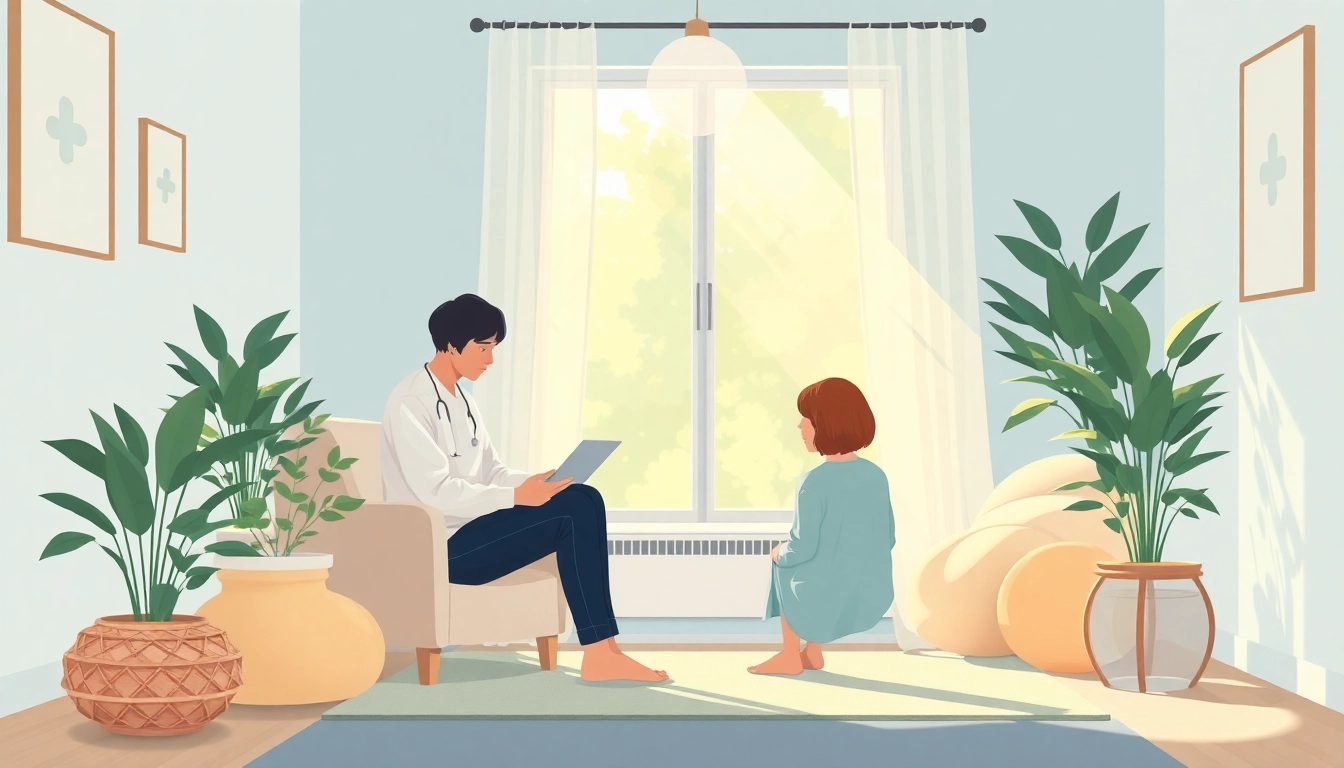Anxiety is a common experience for many individuals, but when it becomes overwhelming and persistent, it can significantly impact one’s quality of life. Recognizing and implementing effective strategies for dealing with anxiety is crucial for restoring balance and improving mental well-being. This comprehensive guide aims to explore anxiety, its symptoms, practical techniques for management, and the importance of social support. It will provide readers with actionable insights to effectively combat anxiety and improve their overall mental health.
Understanding Anxiety and Its Impact
1. Defining Anxiety Disorders
Anxiety disorders encompass a range of conditions characterized by excessive worry, fear, and apprehension. The most common types include Generalized Anxiety Disorder (GAD), Panic Disorder, Social Anxiety Disorder, and specific phobias. According to the Anxiety and Depression Association of America, anxiety disorders are the most common mental health disorders in the United States, affecting millions every year. Understanding the nuances of these disorders is essential for effective management.
2. Common Symptoms and Triggers
Anxiety manifests in numerous ways, and symptoms can vary from person to person. Common indicators include:
- Persistent worrying or feeling restless
- Physical symptoms such as sweating, trembling, or increased heart rate
- Difficulty concentrating or mind going blank
- Sleep disturbances, including insomnia
- A voidance of situations that exacerbate feelings of anxiety
Triggers for anxiety can also be varied and may include stressful life events, work-related pressures, or interpersonal conflicts. Identifying these triggers is an indispensable first step toward managing anxiety effectively.
3. The Importance of Acknowledgment in Dealing with Anxiety
Acknowledgment is a powerful tool in managing anxiety. By recognizing and accepting feelings of anxiety, individuals can better understand their triggers and symptoms. This self-awareness allows for proactive measures to be taken, such as utilizing coping techniques or seeking professional help. It can also help in creating an environment of self-compassion, reducing shame and isolation related to anxious feelings.
Effective Techniques for Managing Anxiety
1. Breathing and Relaxation Exercises
Breathing exercises are widely recognized for their effectiveness in reducing anxiety symptoms. Techniques such as deep breathing, progressive muscle relaxation, and visualization can help ground individuals in the present moment and alleviate overwhelming feelings. Here is a simple deep breathing exercise you can try:
- Find a comfortable position, either sitting or lying down.
- Inhale slowly through your nose for a count of four.
- Hold the breath for a count of four.
- Exhale gently through your mouth for a count of four.
- Repeat this cycle for several minutes, focusing on the sensation of your breath.
Incorporating relaxation techniques into your daily routine can lead to long-term improvements in managing anxiety.
2. Cognitive Behavioral Strategies
Cognitive Behavioral Therapy (CBT) is a highly effective approach for addressing anxiety. It involves identifying negative thought patterns and replacing them with constructive ones. Here are steps to practice self-directed CBT:
- Identify a specific anxiety-provoking thought.
- Evaluate the evidence for and against this thought.
- Challenge negative thoughts by reframing them into positive or rational statements.
- Practice this exercise regularly to build resilience against anxiety.
CBT can also be complemented with journaling, where individuals write down their thoughts and feelings, allowing for reflection and increased self-awareness.
3. The Role of Physical Activity in Reducing Anxiety
Engaging in regular physical activity is linked to reduced anxiety levels. Activities such as aerobic exercise, yoga, or even walking can stimulate the release of endorphins, the body’s natural stress-relievers. Aiming for at least 30 minutes of moderate exercise several times a week can have a significant positive effect on mental health. Additionally, exercise provides a constructive outlet for pent-up energy and tension, further alleviating feelings of anxiety.
Social Support and Communication Strategies
1. Talking About Your Feelings
Expressing feelings to trusted friends or family members can dramatically ease anxiety. Opening up about one’s worries not only provides relief but also strengthens relationships, fostering a sense of connection and belonging. For those who feel hesitant to discuss their experiences, consider journaling or engaging in support groups where feelings can be shared in a safe environment.
2. Building a Support Network
Connecting with others who understand and share similar experiences can be incredibly validating. Building a support network can involve friends, family, or online communities. Many organizations and platforms offer specific groups for people dealing with anxiety, providing an immediate sense of community and support.
3. Engaging with Mental Health Professionals
Sometimes, the best course of action is to seek help from a mental health professional. Therapists can provide tailored advice and strategies, often leading to significant improvements through therapeutic modalities such as CBT or mindfulness-based therapies. Regular sessions can create a structured environment where individuals can delve deeper into their feelings and work through them safely.
Lifestyle Changes to Combat Anxiety
1. Nutrition’s Role in Mental Wellness
What we eat plays a crucial role in how we feel. Balanced nutrition can improve emotional well-being and cognitive function, reducing anxiety levels. Focus on a diet rich in fruits, vegetables, whole grains, lean proteins, and healthy fats, while limiting caffeine and sugar. Consider consulting with a nutritionist to tailor a plan that supports mental health.
2. Sleep Hygiene and Its Impact on Anxiety
Sleep disturbances are often both a symptom and a cause of anxiety. Poor sleep can exacerbate feelings of worry and tension, creating a vicious cycle. Prioritizing sleep hygiene is essential. Create a consistent sleep schedule, design a restful environment, and establish a calming pre-sleep routine to enhance sleep quality and, in turn, reduce anxiety.
3. Mindfulness and Meditation Practices
Mindfulness and meditation are powerful tools for reducing anxiety. These practices encourage individuals to focus on the present moment and acknowledge their thoughts without judgment. Regular mindfulness practice can lead to a decrease in anxiety symptoms and an increased ability to cope with stress. Consider apps or online resources that guide meditation sessions suitable for beginners.
When to Seek Professional Help
1. Recognizing the Signs That You Need More Support
If anxiety begins to interfere with daily life, work, or social activities, it may be time to seek professional help. Signs that further intervention may be needed include persistent feelings of dread, inability to cope with daily tasks, self-medication, or rising levels of distress.
2. Types of Therapy for Anxiety Disorders
Multiple therapeutic approaches are effective for treating anxiety disorders. These include:
- Cognitive Behavioral Therapy (CBT)
- Exposure Therapy
- Dialectical Behavior Therapy (DBT)
- Mindfulness-Based Stress Reduction (MBSR)
- Supportive Therapy
Collaborate with a mental health professional to identify which approach might be the most effective.
3. Medication Options and Their Considerations
In some cases, medication may be appropriate as part of a comprehensive treatment plan. Commonly prescribed medications include Selective Serotonin Reuptake Inhibitors (SSRIs), benzodiazepines, and beta-blockers. It’s crucial to discuss potential benefits and side effects with a healthcare provider to make informed decisions regarding medication use.



